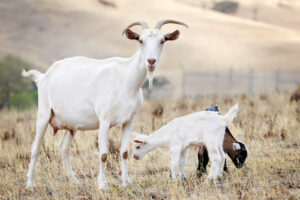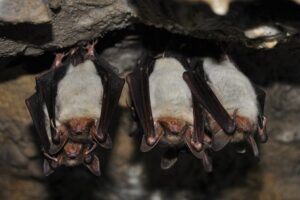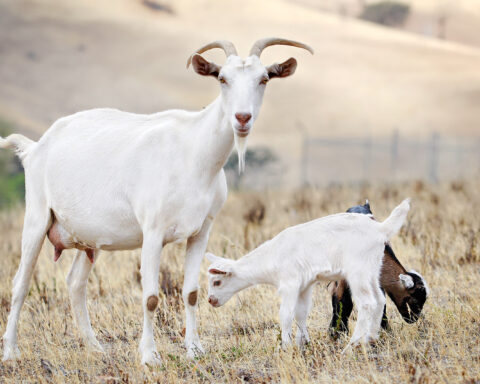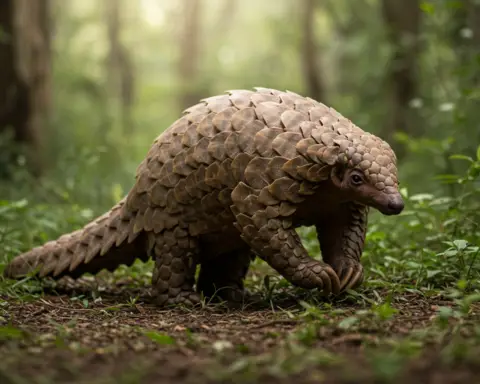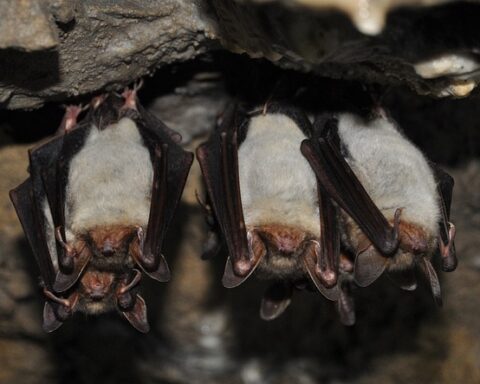The blue whales population has now dwindled due to the direct exploitation of these whales during the 20th century. In the past, the blue whales were subject to commercial whaling but it is no longer a threat now. It is probable that the two major threats facing these whales are the vessel strikes and the entanglement in fishing gear. However, even these are not frequently reported and a very few cases of ship strikes or fisheries interaction have been documented. All in all, there seems to be no real threat to these whales.
Apart from these, there are some other possible threats that may endanger the survival of these whales. Some of these other threats include chemical pollution, anthropogenic noise, loss of habitat and disturbance caused by whale-watching vessels.
Global warming may also have a detrimental impact on the population of krill, the favorite diet of blue whales. Besides, there are certain pollutants that acidify the ocean waters thereby destroying the food supply and habitat of these massive whales.
The frontal zones are beneficial for the food supply of the whales as they bring a lot of nutrients from deep inside the ocean water thereby allowing phytoplankton and other food supplies to grow. Sad to say, the climate change had an adverse impact on the frontal zones, that appear to be moving southward. Thus, the blue whales has to travel farther away for about 200 to 500 kilometres in search of these feeding sites.
The vessel strikes can also cause fatal injuries to the blue whales. Off southern California (Santa Barbara Channel), three blue whales were killed due to ship strikes in the year 2007. Likewise, they are more vulnerable to collision with ships in areas where there is heavy ship traffic like in Gulf of St. Lawrence off western North Atlantic, where the ships caused injury to more than 9 percent of whales.
Sources:
“Blue Whale”. WWF
“Blue Whale”. National Oceanic and Atmospheric Administration – NOAA FISHERIES
Reilly, S.B., Bannister, J.L., Best, P.B., Brown, M., Brownell Jr., R.L., Butterworth, D.S., Clapham, P.J., Cooke, J., Donovan, G.P., Urbán, J. & Zerbini, A.N. 2008. Balaenoptera musculus. The IUCN Red List of Threatened Species 2008: e.T2477A9447146

